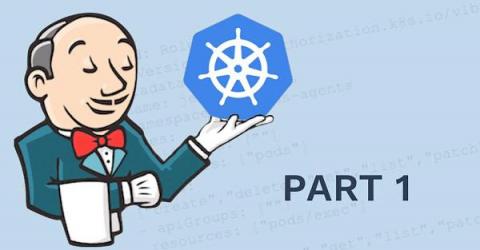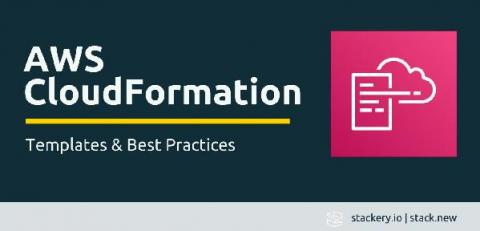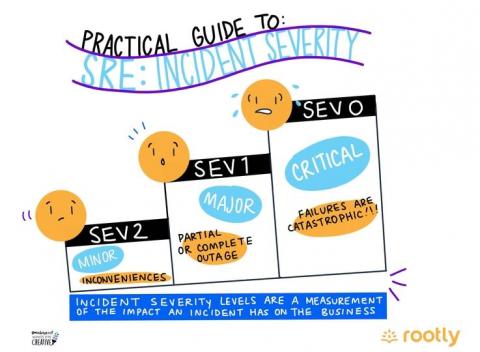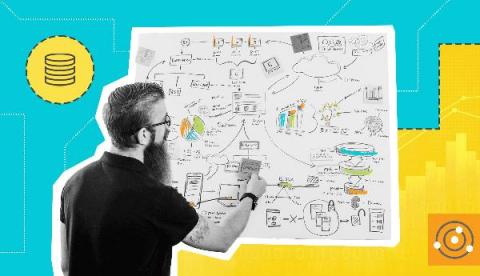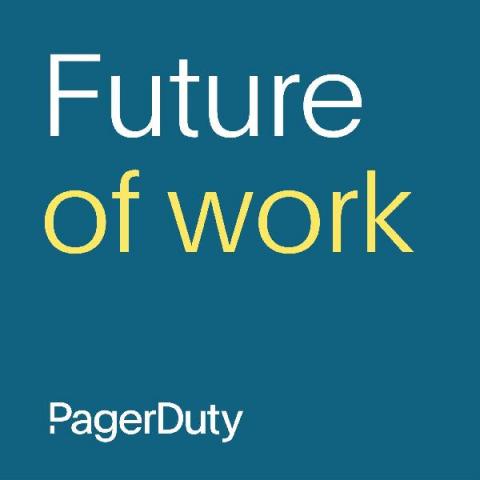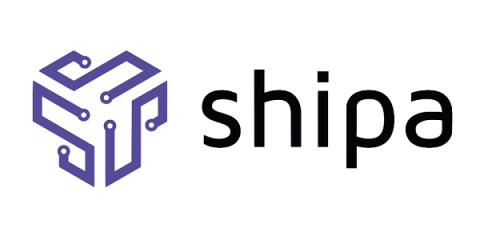Jenkins Kubernetes Plugin: Running Agents In Other Clusters
At Moogsoft we use Jenkins to implement our CICD Pipelines. We run Jenkins where we run most everything else; Kubernetes, but you don’t need to have Jenkins running on Kubernetes to use this plugin. This is made possible by the community maintained Kubernetes plugin. Recently we had the need to not only run agents local to the same cluster that Jenkins runs in, but in other clusters across different regions.


